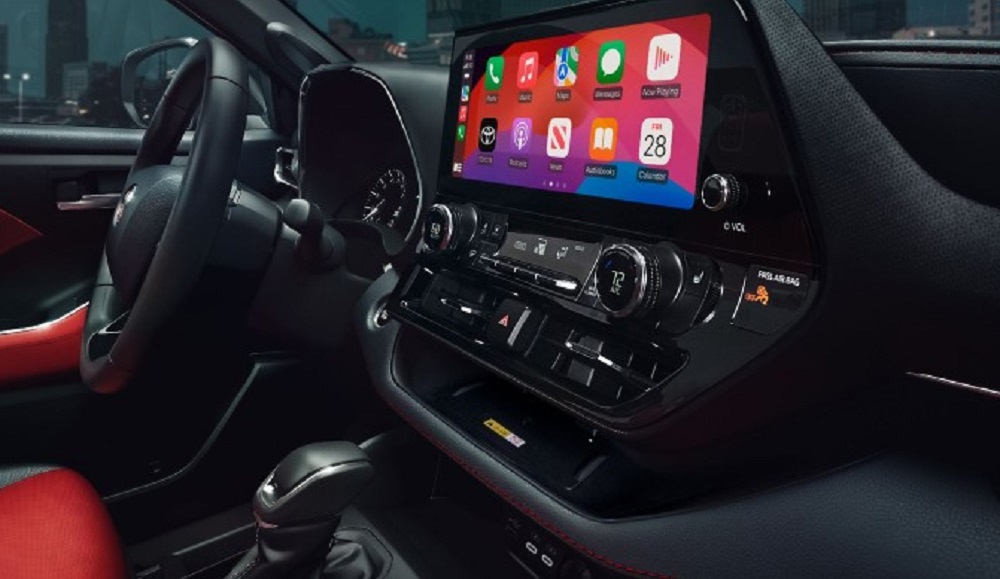At the same time, premium brands such as BMW, Mercedes Benz and Audi have been offering telematics services as a standard feature across models and geographies for more than a decade and currently have a considerable number of subscribers.
Other major car brands offering embedded telematics on a broad scale include Kia, Tesla, Renault, Geely, BYD, Volvo Cars, SAIC, GWM and Changan Motors, the study said.
Growing at a compound annual growth rate of 6.9%, total shipments of embedded OEM telematics systems worldwide are expected to reach 82.9mn units in 2028 from 59.3mn units in 2023.
During the same time, the attach rate of embedded telematics units is forecasted to increase to 94% in 2028 from 75% in 2023, the market research company said.
Meanwhile, the number of telematics subscribers using embedded systems is forecasted to grow at a compound annual growth rate of 14.6% over the five-year period, reaching some 474 million in 2028 from 240mn in 2023.
As GPS technology has been commoditized to the extent that satellite positioning can be integrated into virtually any device, mobile networks have enabled online connectivity with simultaneous two-way communication.
Telematics Offerings
Automotive manufacturers can choose between several connectivity options when creating connected car services with the main options being embedded telematics devices, tethered devices and integrated smartphones. Car manufacturers often use a combination of these options to support different customer needs and demands in various markets.
Several categories of car telematics applications are now offered on a commercial basis by carmakers. Examples include eCall and roadside assistance, stolen vehicle tracking (SVT), vehicle diagnostics, over-the-air (OTA) updates, connected navigation and infotainment, entertainment services such as music and video streaming, Wi-Fi hotspots as well as concierge services and convenience applications, according to the market research firm.
Convenience applications include remote control of vehicle functions such as door lock/unlock, vehicle preconditioning (heating or cooling of the passenger compartment before a trip), EV charging management and finding the last parking position. Several other applications also exist, for instance, usage-based insurance, leasing and rental fleet management as well as electronic toll collection and road charging.
Carmakers are also exploring in-vehicle commerce platforms and data exchanges to offer telematics data to third-party service providers. During the past years, carmakers have supported third-party service providers with APIs enabling data access and SDKs for application development.
Moreover, a major trend in the connected car industry is the increasing adoption of Android Automotive OS and Google Automotive Services (GAS). GM, Honda, Renault, Lincoln, Nissan, Volvo Cars and Polestar already have cars on the road today equipped with Android Automotive OS and GAS. Several other car OEMs have announced plans to adopt these in future car models.
For more insight on telematics in Brazil - the largest vehicle market in Latin America and No. 2 in the Americas - click here.




